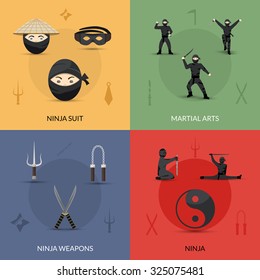Traditional Martial Arts Vs. Modern Combat Sports: Recognizing The Trick Distinctions
Traditional Martial Arts Vs. Modern Combat Sports: Recognizing The Trick Distinctions
Blog Article
Created By-Valentine Sexton
When you think about martial arts, do you lean more towards the traditional practices or the contemporary fight sporting activities? Each course offers unique benefits and experiences, formed by their approaches and training techniques. Typical martial arts stress personal development and technique, while modern-day battle sporting activities focus on competition and performance. Recognizing click for more info can assist you in selecting the best approach for your journey. Yet exactly how do these differences materialize in training and philosophy?
The Viewpoint and Background Behind Traditional Martial arts
While lots of people associate martial arts with physical fight, the philosophy and history behind conventional martial arts run much deeper. You'll discover that these disciplines emphasize personal development, technique, and regard.
Originating from https://gunnerowcip.blog-mall.com/35020654/take-part-in-the-enchanting-expedition-of-martial-arts-where-conventional-worths-merge-with-cutting-edge-approaches-disclosing-insights-that-play-a-considerable-role-in-shaping-today-s-martial-society , conventional martial arts were frequently developed for Self-Defense and spiritual development. They embody concepts such as balance, harmony, and self-constraint, leading specialists beyond simple battling abilities.
As you train, you'll not just learn strategies yet likewise gain understandings into the culture and values that shaped these arts. The routines and practices, commonly given through generations, foster a sense of area and belonging.
The Competitive Nature of Modern Combat Sports
Modern combat sporting activities have actually changed the landscape of martial arts right into an extremely competitive sector, where athletes face off in a test of skill, approach, and endurance.
You'll observe that competitors are usually organized with strict policies and regulations, making certain fair play and safety and security. These events bring in huge audiences, fueling the exhilaration and intensity of matchups.
taekwondo classes for adults near me train rigorously, not just for physical expertise but likewise for mental toughness, knowing that every detail counts in the ring. The adrenaline thrill during competitors is apparent, as fighters press their limits to declare victory.
Followers value the athleticism and virtuosity involved, making modern fight sports a thrilling spectacle that continues to advance and astound enthusiasts all over the world.
Training Techniques and Methods: A Comparative Analysis
The competitive ambience of contemporary fight sports demands cutting-edge training techniques that differ significantly from standard martial arts.
In modern training, you'll concentrate on specific methods, competing, and conditioning, typically utilizing drills that imitate real fight situations. You'll see a focus on quantifiable efficiency and constant competition to analyze your skills.
In contrast, traditional martial arts focus on forms, katas, and thoughtful trainings, usually highlighting discipline and respect over competitors.
Training is usually less intense and may involve recurring technique as opposed to real-time sparring.
While both strategies build ability and health and fitness, contemporary fight sporting activities give an extra vibrant and versatile training setting, preparing you for immediate challenges in the ring or cage.
Select the path that straightens with your goals and rate of interests.
Conclusion
In choosing between typical martial arts and modern-day battle sports, it actually comes down to what you value a lot of. If you're looking for individual development, self-control, and a feeling of community, traditional arts could be your ideal fit. But if you prosper on competitors and real-time challenges, contemporary fight sporting activities could be the means to go. Inevitably, both courses use distinct advantages, so it's all about aligning your training with your individual objectives and rate of interests.
